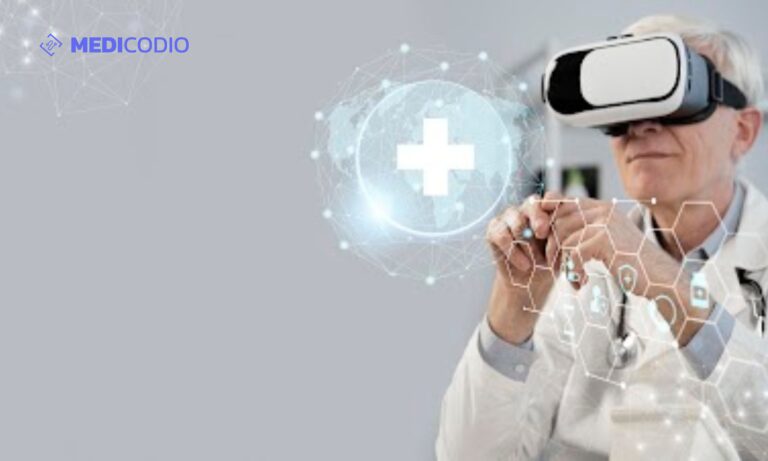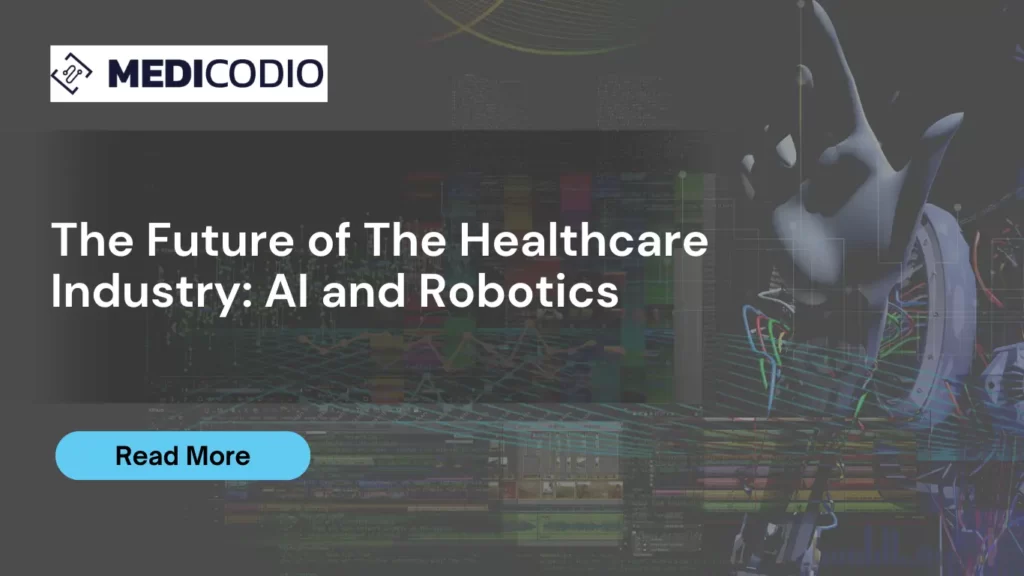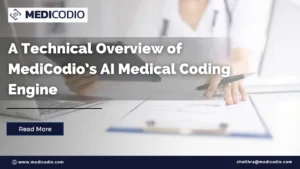One of the primary goals of healthcare providers globally is to ensure cost-effective and efficient healthcare for all sections of the population. Artificial Intelligence has revolutionized many sectors by delivering efficiency and cost-effectiveness hitherto unbelievable. As healthcare is a key focus area for people and governments, the advent of AI in healthcare was inevitable. It is already making inroads in areas such as medical diagnostics, improving patient outcomes, clinical decision support, training, research, and workflow automation to speed up administrative tasks.
Discover how AI and robotics technologies are reshaping the future of the healthcare industry!
According to an Accenture report titled Artificial Intelligence: Healthcare’s New Nervous System, the prime clinical health AI applications can potentially help save $150 billion annually for the US healthcare economy by 2026. This financial impact indicates the significance of AI in rewriting the healthcare system. The report says, “The top three AI applications by their value are robot-assisted surgery, virtual nursing assistants, and administrative workflow assistance.” Robotics is one of the main drivers of AI in healthcare, with benefits such as a 21% reduction in hospital stay duration and enabling improved precision of a surgeon’s instruments. Let’s look at three prime possibilities.

Bridging the workforce gap
According to WHO, the projected shortfall of health workers by 2030 will be 10 million. Burn-outs of overworked healthcare professionals are also an issue. AI-enabled robots are a great way to bridge this shortage of healthcare professionals.
Robots help in surgeries, nursing, sanitation, service delivery, etc. Robotic exoskeletons that help people regain lost mobility, companion robots that speed up healing, Augmented Reality(AR) and Virtual Reality-enabled training robots, etc., are a few examples of AI-enabled workforce augmentation. The Accenture report quoted above states that AI can meet an estimated 20% of the unmet clinical demands.
However, to bring this about, all stakeholders must work together to strengthen trust among the public and healthcare professionals. A robust ecosystem of regulations, standards, and safeguards must emerge to manage data security and privacy concerns. Also, incorporating ethical AI to ensure transparency, traceability, and objectivity is essential.
Increasing healthcare accessibility
According to a PwC survey conducted among the general public across Europe, the Middle East, and Africa, 54% of the respondents indicated they were willing to engage with AI and robotics for their healthcare needs. Therefore, there is enough scope to employ these technologies to improve accessibility to healthcare services. However, training healthcare professionals to use these technologies effectively to build and maintain this trust is essential.
Incorporating AI and robotics can significantly impact remote healthcare. Telemedicine has evolved a lot with innovations such as virtual nursing assistants. Even people with easy access to hospitals who need non-emergency and chronic healthcare services prefer it to avoid unnecessary hospital visits. Virtual nursing assistants can reduce 20% of the time spent by nurses on patient maintenance activities.
Improving people experiences
Future AI innovations should focus on improving the experiences of patients and healthcare professionals. Patients look forward to speedier, more accurate diagnoses and cost-effective, high-quality treatments to enhance their healthcare experience. Easier accessibility, timely treatment, reduction in dosage errors (amounting to 37% of all medical errors), reduced hospital stays, etc., are just the starting point.
Healthcare professionals must have enough time to provide better care. Automating administrative workflows of non-patient activities can help with this. AI-enabled workflow assistants can help doctors and nurses achieve 17% and 51% time savings, respectively. AI-powered imaging and diagnosis, clinical decision support systems, precision surgeries, etc., help provide quality care.
Microbots that seamlessly travel through our bodies to do minor repairs or hand-held ultrasound scan devices hooked to healthcare systems are no longer mere sci-fi scenarios. They are part of the future of the healthcare industry.
Learn More:
What’s the Satisfaction Level of AI in the Healthcare Revenue Cycle?





